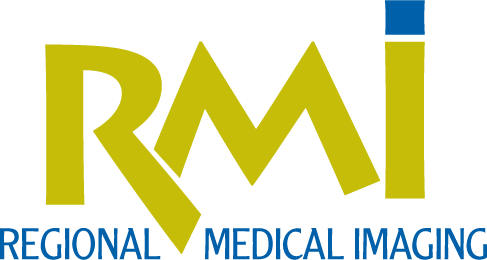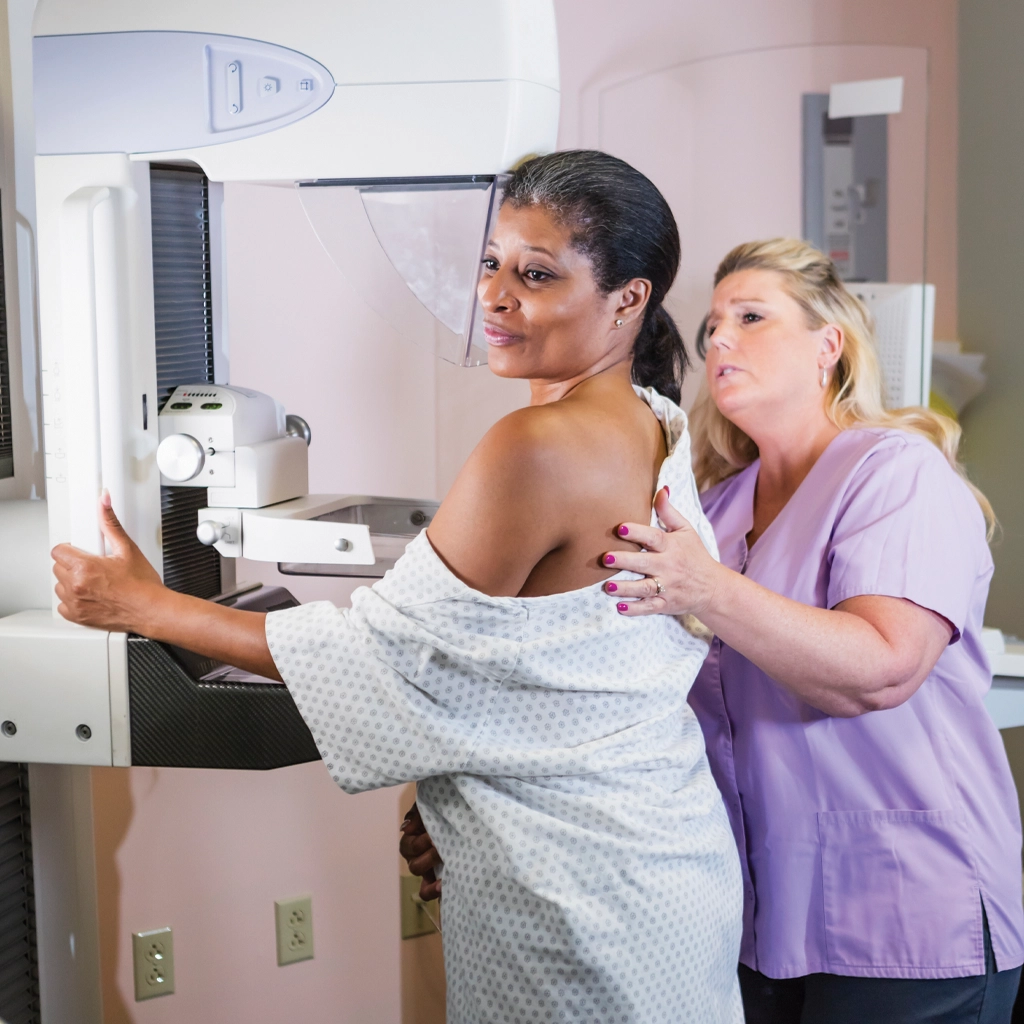How Did the Annual Mammograms Debate Start?
In 2009 and again in 2015, the U.S. Preventative Services Task Force (USPSTF) issued guidelines calling for screening mammograms every two years (instead of annually) for women ages 50 to 74 (instead of age 40+). The announcement generated a lot of media interest, follow-up studies, and debate.
Who is the USPSTF?
The USPSTF is an independent panel of primary care physicians and epidemiologists that systematically reviews the effectiveness of clinical preventative services and issues recommendations for improvement. The U.S. Department of Health and Human Services funds the panel.
What specifically did the USPSTF recommend?
- Women ages 50-74 at average risk for breast cancer should undergo screening mammography every two years.
- Women younger than 50 should make individualized screening decisions, weighing the benefits versus harms of screening.
- There is insufficient evidence to recommend for or against screening women 75 or older.
This is in contrast with the USPSTF’s recommendations prior to 2009, which called for annual mammograms.
What are the criticisms of USPSTF recommendation?
Critics of the USPSTF recommended guidelines cite numerous problems with the data gathered, the resulting analysis, and the final conclusions. Detailed criticism cites the data is based on computer modeling and estimates instead of randomized double-blind study methods, a lack of expert opinions from breast imaging and breast cancer experts, disagreements with how ductal carcinoma in situ (DCIS) is regarded by the study, a lack of attention to newer screening technology, and an age vs. family history bias.

